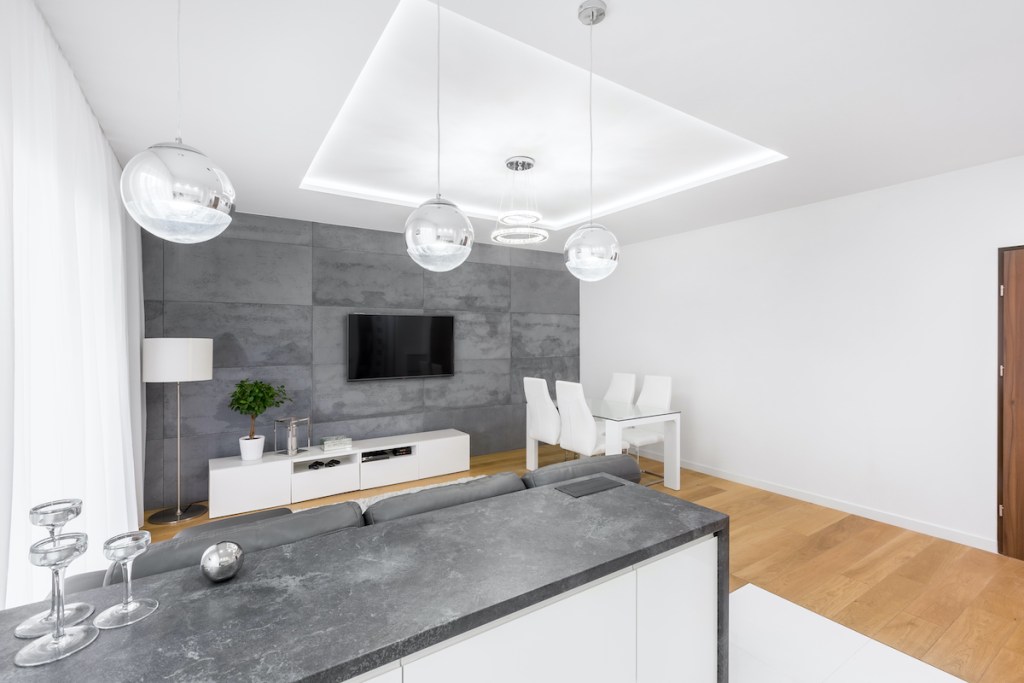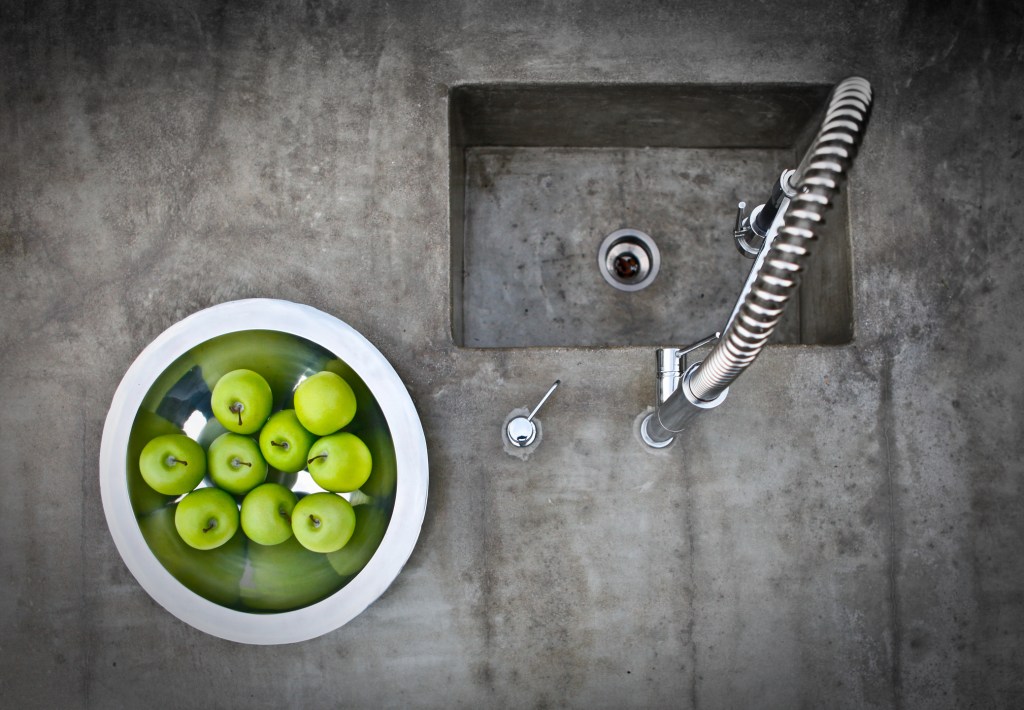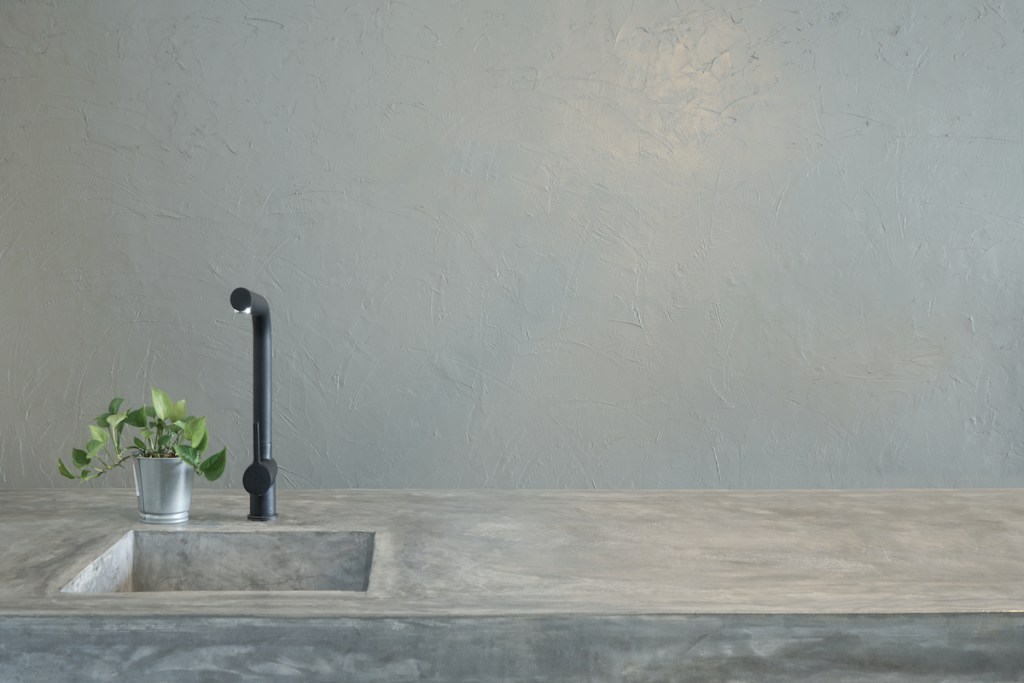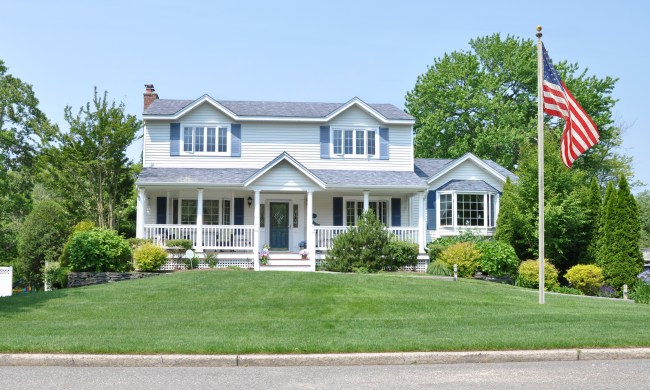
When it comes to selecting the perfect countertop material for your kitchen or bathroom, there are so many options available on the market. One such choice that has gained popularity in recent years is soapstone countertops. Known for their unique appearance and durability, soapstone countertops have both advantages and disadvantages that you should consider before making a decision.

What is soapstone?
Soapstone is a natural metamorphic rock primarily composed of talc, chlorite, pyroxenes, micas, amphiboles, carbonates, and other minerals. It is often quarried in countries like Brazil, India, as well as the U.S. Soapstone has been used for centuries in various applications due to its heat-resistant properties and soft, soap-like texture.

Pros of soapstone countertops
Beautiful and unique appearance
One of the standout features of soapstone countertops is their stunning and distinctive appearance. They have a smooth, matte finish that comes in various shades of gray, green, or blue-black. The natural veining and patterns in soapstone make each countertop unique, adding character and charm to your kitchen or bathroom space.
Environmentally friendly
Soapstone is considered an environmentally friendly choice for countertops because it’s a natural stone that can be recycled. This means that when you decide to replace your soapstone countertops, you can have peace of mind knowing that the material can be reused or repurposed, reducing its impact on the environment.
Natural and chemical-free materials
Unlike some synthetic countertop materials that may contain harmful chemicals or additives, soapstone is a completely natural material. It does not emit any toxic fumes or chemicals, making it a safe choice for food preparation areas in your home.
Nonporous
One of the most significant advantages of soapstone countertops is their nonporous nature. Unlike granite or marble, which are porous and can easily absorb moisture, soapstone can withstand liquids well. This means that it is resistant to staining, making it easy to clean and maintain. Spills can be wiped away without leaving any lasting marks or discoloration.
Durable and heat resistant
Renowned for its durability and heat resistance, soapstone can withstand high temperatures without sustaining damage. This makes it an excellent choice for kitchen countertops. You can place hot pots and pans directly on the surface without worrying about scorching or cracking.
No regular sealing required
Unlike many other natural stones like granite or marble, soapstone doesn’t require regular sealing to maintain its integrity. The natural composition of soapstone makes it resistant to stains and liquids, reducing the need for ongoing maintenance like countertop refinishing or sealing.
How long soapstone lasts
The longevity of soapstone countertops is one of their strengths. When properly cared for, soapstone countertops can last for generations. They are highly durable and can withstand daily wear and tear. Over time, soapstone develops a natural patina that adds to its charm and character.

Cons of soapstone countertops
Costs more than other natural stones
One of the significant drawbacks of soapstone countertops is their cost. Soapstone tends to be more expensive than other natural stone options like granite or quartz countertops. However, it’s important to consider the long-term benefits and unique qualities of soapstone when evaluating the cost.
Limited color options
While soapstone’s natural beauty is a pro, it can also be a con for some homeowners. Soapstone countertops come in limited color options, primarily varying shades of gray, green, or blue-black. Additionally, it can be challenging to match the colors of two slabs of soapstone, which can be a concern if you have a large countertop space or require multiple slabs.
Kitchen oils can create dark patches
A potential drawback of soapstone is its susceptibility to developing dark patches when the countertop is exposed to kitchen grease and oils. However, this issue can be mitigated by regularly applying mineral oil to the entire countertop to darken the whole thing at once. Keep in mind that frequent applications of mineral oil may change the texture of the countertop, giving it a more leathery feel over time.
Scratches easily
Soapstone is a relatively soft stone compared to granite or quartz, which means it is more prone to scratching. While some homeowners appreciate the natural patina that develops over time as soapstone ages and accumulates scratches, others may find this aspect less desirable.
Color fades in frequently used spots
In high-traffic areas of your soapstone countertop, you may notice that the color fades more quickly than in less frequently used spots. This can result in an uneven appearance over time, which may be a concern for those who prefer a consistent look.

Care tips for soapstone countertops
To ensure the longevity and beauty of your soapstone countertops, follow these care tips:
- Regularly apply mineral oil: To prevent dark patches and maintain the countertop’s color consistency, apply mineral oil every few weeks or as needed. This will also help enhance the stone’s natural veining and patterns.
- Clean with mild soap and water: For daily cleaning, use mild dish soap and warm water to wipe down your soapstone countertops. Avoid harsh chemicals or abrasive cleaning pads, as they can damage the surface.
- Embrace the natural patina: Understand that soapstone will naturally develop a patina over time, which can add character to your countertops. Embrace this natural aging process rather than trying to maintain a pristine appearance.
- Be cautious with sharp objects: Soapstone is prone to scratching, so use cutting boards and avoid cutting directly on the countertop’s surface.
With their unique blend of beauty, durability, and eco-friendliness, soapstone countertops are a compelling choice for many. While they may be pricier than other natural stones and have some minor drawbacks, their distinct appearance and long-lasting qualities often outweigh the cons. By following proper care guidelines, your soapstone countertops can be a stunning addition to your home that lasts for many years to come.



